Fascinated by Thomas Edison’s first incandescent light demonstrations in 1879, Gerard Philips (1858-1942) enlisted his father’s help to purchase a small tract of land in Eindhoven, Netherlands, in order to establish his own light bulb factory in 1891. After a year, Anton, Gerald’s youngest brother, joined the company as a salesman, which helped the company grow quickly into the largest carbon-filament producer in Europe. In 1912, Philips signed a historic contract with the Tsar Nicolas I, who ordered 50,000 light bulbs for his Winter Palace in St Petersburg. The same year, Philips entered the Euronext Amsterdam Stock Market.
From the beginning, Philips was an export-oriented company that aspired to make a mark on the fast-growing electricity industry. In 1914, Philips launched its famous NatLab, a research center dedicated to exploring physics and chemistry to develop new product ranges. Two years later, Philips celebrated its 25th anniversary and was given the title Koninklijke Philips Electronics (Royal Philips Electronics) by the Dutch monarchy.
Over the decades, Philips has produced a very wide range of products, such as medical X-ray tubes, radios, electric shavers, televisions, cassette and CD players, VHS and DVD players, and much more. In terms of design history, the company began to make a mark in 1925, when Dutch designer Louis Kalff joined the company as art director. He was later put in charge of the Lighting Division. Not only did Kalff elevate the quality of Philips’s branding, he went on to produce a series of electronics and lighting designs that achieved iconic status. Kalff’s many designs for Philips include Chapel Radio (1931), Philips Philishave (1939), and a number of lamp designs in the 1950s that typically feature enameled metal shades mounted on brass stems—the most sought-after of which is colloquially called the Z Table Lamp (1955).
Notably in the 1990s, Philips teamed up with Italian homewares company Alessi to produce a colorfully postmodern collection of appliances, like toasters, kettles, coffee makers, and juicers.
Today, Philips has a team of nearly 500 designers —one of the largest and most diverse of its kind in the world. In response to 21st-century conditions and technologies, Philips is shifting its focus from products to experiences, aiming to maximize the full potential that the Internet of Things, big data, and digital eco-systems can offer.
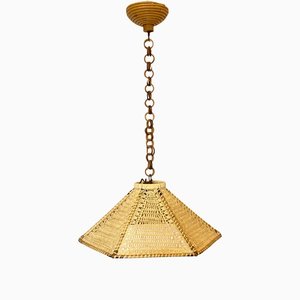

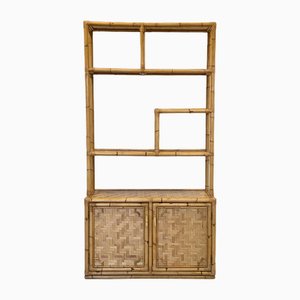
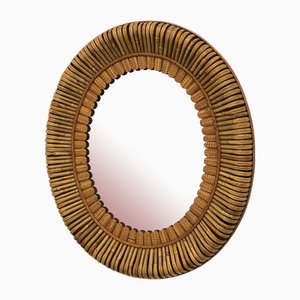
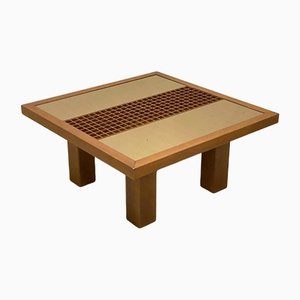
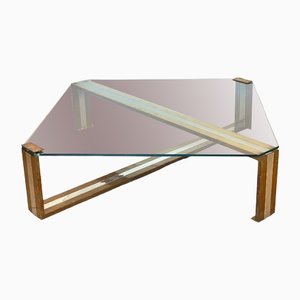
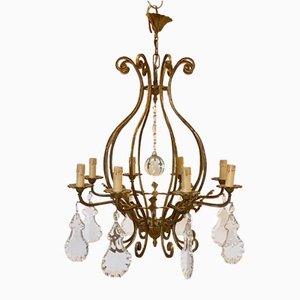

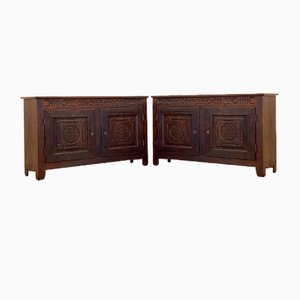
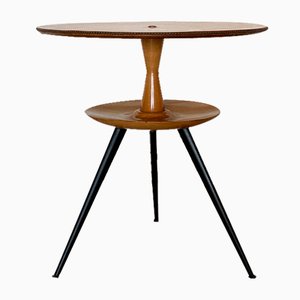
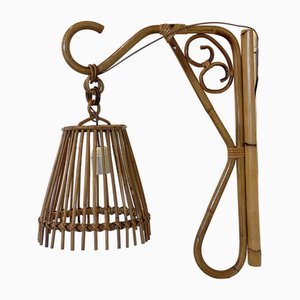
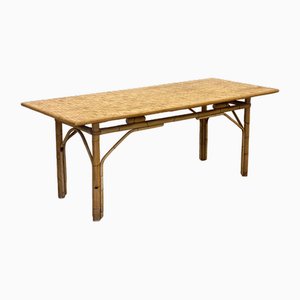
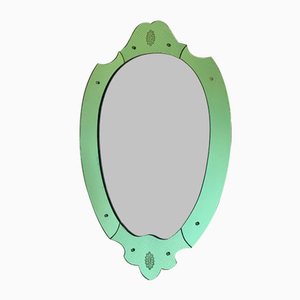
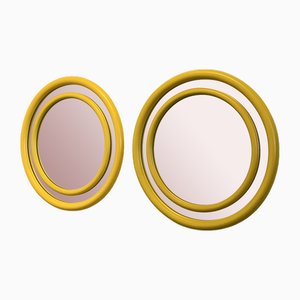

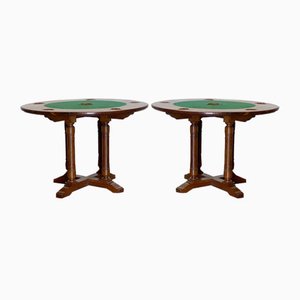
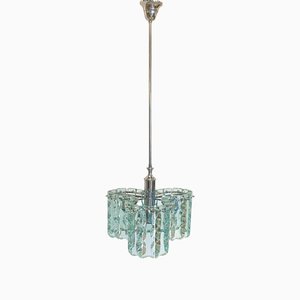
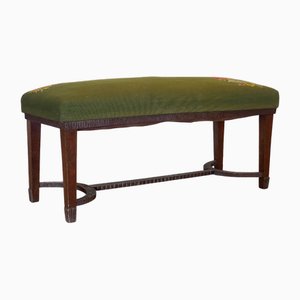
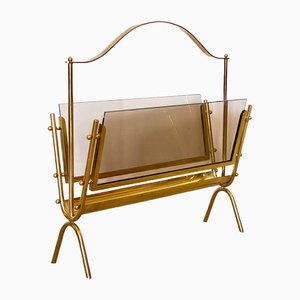
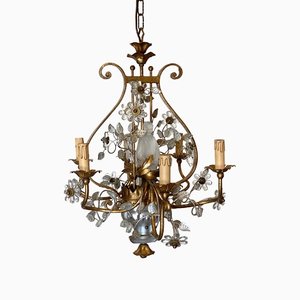
Get in Touch
Make An Offer
We noticed you are new to Pamono!
Please accept the Terms & Conditions and Privacy Policy
Get in Touch
Make An Offer
Almost There!
To follow your conversation on the platform, please complete the registration. To proceed with your offer on the platform, please complete the registration.Successful
Thanks for your inquiry, someone from our team will be in touch shortly
If you are a Design Professional, please apply here to get the benefits of the Pamono Trade Program